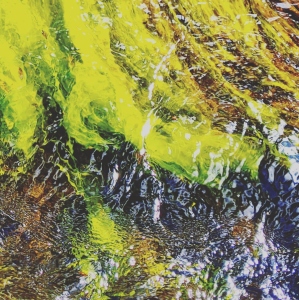
Newsletter
Your subscription could not be saved. Please try again.
Your subscription to the Wavepaths newsletter has been successful.
Product
Resources
About
© 2024 All Rights Reserved • Wavepaths
London, UK • [email protected]
© 2024 All Rights Reserved • Wavepaths